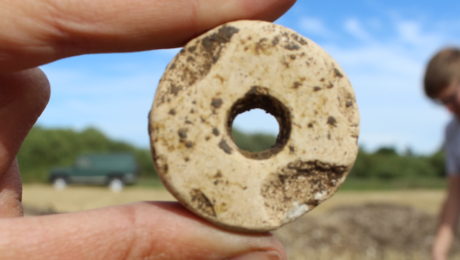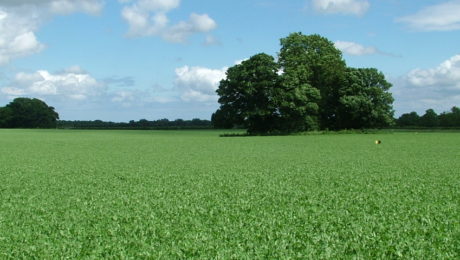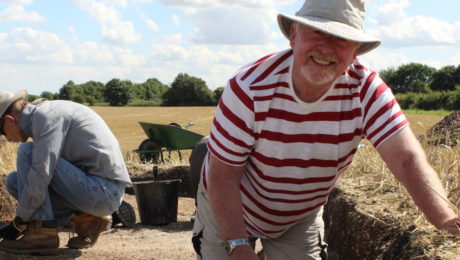Open the pages of the Anglo-Saxon Chronicle, and you’ll find a reference for the year AD 705 that suggests that the nearby village of Driffield was once the site of a rare eighth century Northumbrian palace. The Chronicle indicates that King Aldfrith, who ruled Northumbria after the death of his brother, Ecgfrith in 685 AD, possessed a palace at Driffield, hinting at the area’s past royal importance.
On the site of Elmswell Farm itself, there’s also the Roman ladder settlement, which includes a 4th century villa, and which seems to have been inhabited from the late Iron Age, right through the Roman period and into the early Anglo-Saxon occupation.
What’s more, it offers the potential to study the transitionary periods – particularly the post-Roman population. Did the Roman settlement continue to be inhabited once the Roman occupation had ended? What was life like for those that stayed?
For archaeologists, there’s little more precious than a multi-period site like this, because these are the ones that really help us tie together the stories of all the different people, traditions and cultures that have come and gone over the millennia.





